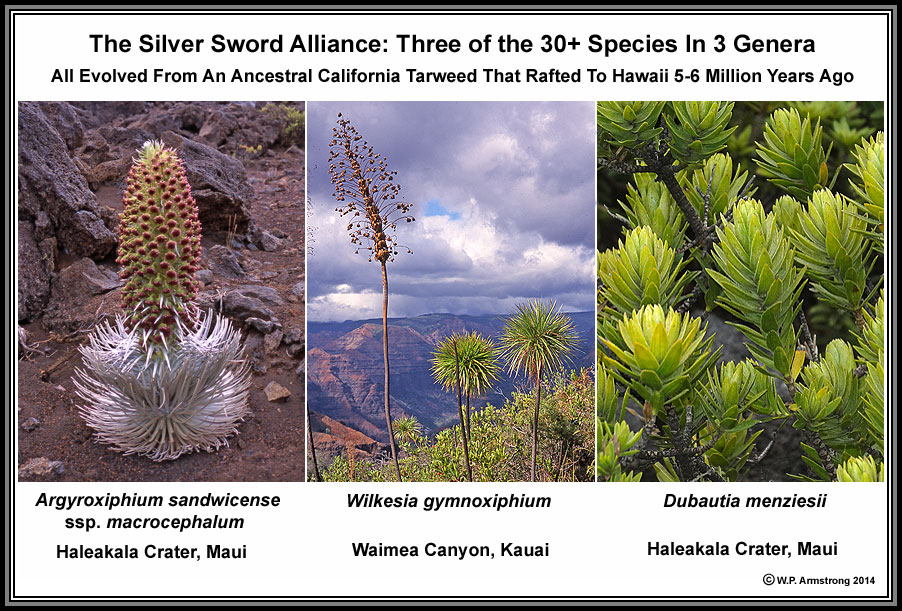Ashes To Wildflowers: Image Page 9 (2022)
Post-Burn Plant Succession Following Comet Fire East Of Palomar College,
Including Remarkable Leaf-Litter Ant, Other Insects, Spiders & Rattlesnakes
Compiled by W.P. Armstrong During Winter & Spring Months Of 2021
Plant names follow Checklist Of The Vascular Plants Of San Diego County by
Jon Rebman & Michael Simpson, San Diego Natural History Museum, 2006.
One Year Following Comet Fire
Bush Mallow (Malacothamnus fasciculatus) 27 March 2022


|
3 important quantitative field measurements in plant ecology are dominance, density and frequency. One year after the Palomar College Comet Fire of January 2021 there is a shrub that has the highest values by far in all 3 measurements: Bush Mallow (Malacothamnus fasiculatus). Since last year, this prolific, native fire-follower has spread by seeds and underground stems (rhizomes) into thickets of pink flowers.
|
Malacothamnus fasciculatus Thicket 21 May 2023

|
Impenetrable thicket of bush mallow. I would advise wearing snake-proof leggings if you plan to walk through thickets where your feet are obscured by dense mallow growth. I base this recommendation on 2 species of rattlesnakes observed in mallow area.
|
Mallow Seeds Almost Mature 21 May 2023

|
Typical of some Malvaceae, the seeds are produced inside dehiscent sections (carpels) called mericarps. The entire fruit is technically known as a schizocarp.
|
2 Species Of Minute Wildflowers In Phlox Family (Polemoniaceae)
On Bottlewort Trail Easily Overlooked On Dry Slopes In April 2022


|
Woolly Star (Eriastrum filifolium) on parched slopes one year following the Comet Fire (April 2022). The plant is undersized due to the very dry soil along trail.
|
Another Minute Wildflower In Phlox Family (Polemoniaceae)

|
Navarretia hamata ssp. hamata. A very small, prickly wildflower of early summer with a slight skunky scent growing along Bottlewort Trail with the previous species (Eriastrum filifolium). For its unique odor it is given the common name of "skunkweed."
|

|
Canchalagua (Centarium venustum) of the gentian family (Gentianaceae). I saw a few of these along Bottlewort Trail on 16 May 2022. It is a beautiful late spring wildflower in local hills, especially after abundant spring rains. Note the unusual spirally twisted anthers.
|
29 July 2022: Coastal Wood Fern (Dryopteris arguta) Growing With Coastal
Sagebrush (Artemisia californica) On Slope Above Child Development Bldg.

|
Coastal Wood Fern (Dryopteris arguta): I was surprized to find this fern in such a dry area of coastal sage scrub north of the burned area. In fact, I didn't even find it on nearby Owens Peak with several other fern species.
|
Bottlewort Trail & Comet Fire Post Burn: 19 March 2023




|
Xylococcus bicolor (Mission Manzanita) is fairly common on north side of Owens Peak. I was surprized when Tony Rangel spotted this shrub on the Bottlewort Trail!
|
My 1st Tarweed in 2023 On Bottlewort Trail: Hot Summer Day July 6

|
This annual tarweed has a long growing season and typically blooms during the summer months. A perennial California tarweed gave rise to the Silver Sword Alliance on the Hawaiian Islands in a remarkable example of plant evolution (see below). Examples of other summer-flowering plants & Wayne's Word botanical subjects are available on a UNIX server at Network Solutions.
|
The Following Is From My Owens Peak Page 2A:


|
Asteraceae: Deinandra (Hemizonia) fasciculata (Tarweed)
|
The following paragraph is reprinted from Bobbie Stephenson & Tom Oberbauer (CNPS San Diego Chapter Newsletter May 2010). Back in the late 1990s, Bruce Baldwin, now of the Jepson Herbarium and Department of Integrative Biology at UC Berkeley, noticed common leaf characteristics between the California tarweeds and the Hawaiian silverswords. Through his research, he determined that a California tarweed gave rise to the exotic looking silverswords of Hawaii. Possibly just a single seed, transported on a bird's foot or Pacific Ocean currents, apparently reached one of the islands about six million years ago and took root. The "Hawaiian Silversword Alliance" exhibits the most outstanding example of adaptive radiation in the world. The silverswords have evolved drastic differences in growth form, including rosette plants, cushion plants, shrubs and trees. Using genetic analysis, Baldwin has been able to show that silversword's closest relatives are perennial tarweeds of California, namely the species Carlquistia muirii of Monterey County, Anisocarpus scabridus of Shasta County and other northern California Counties, and Kyhosia bolanderi of the high northern and eastern California mountains. Early crosses between some tarweeds and the Hawaiian silverswords were fruitless, but when Baldwin crossed a Hawaiian silversword with each of these three species, hybrids were produced and their close relationship was confirmed.
|

|
|